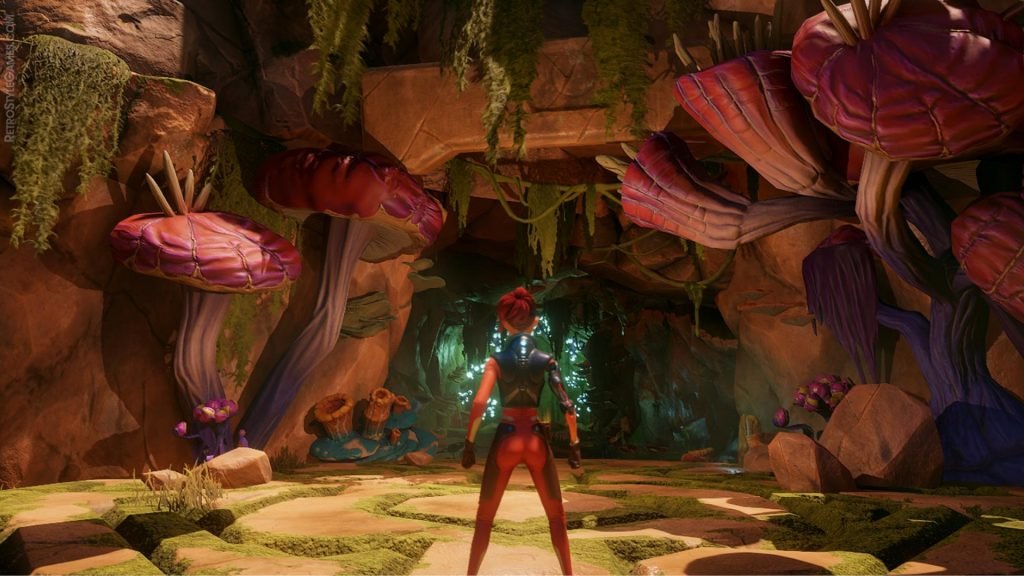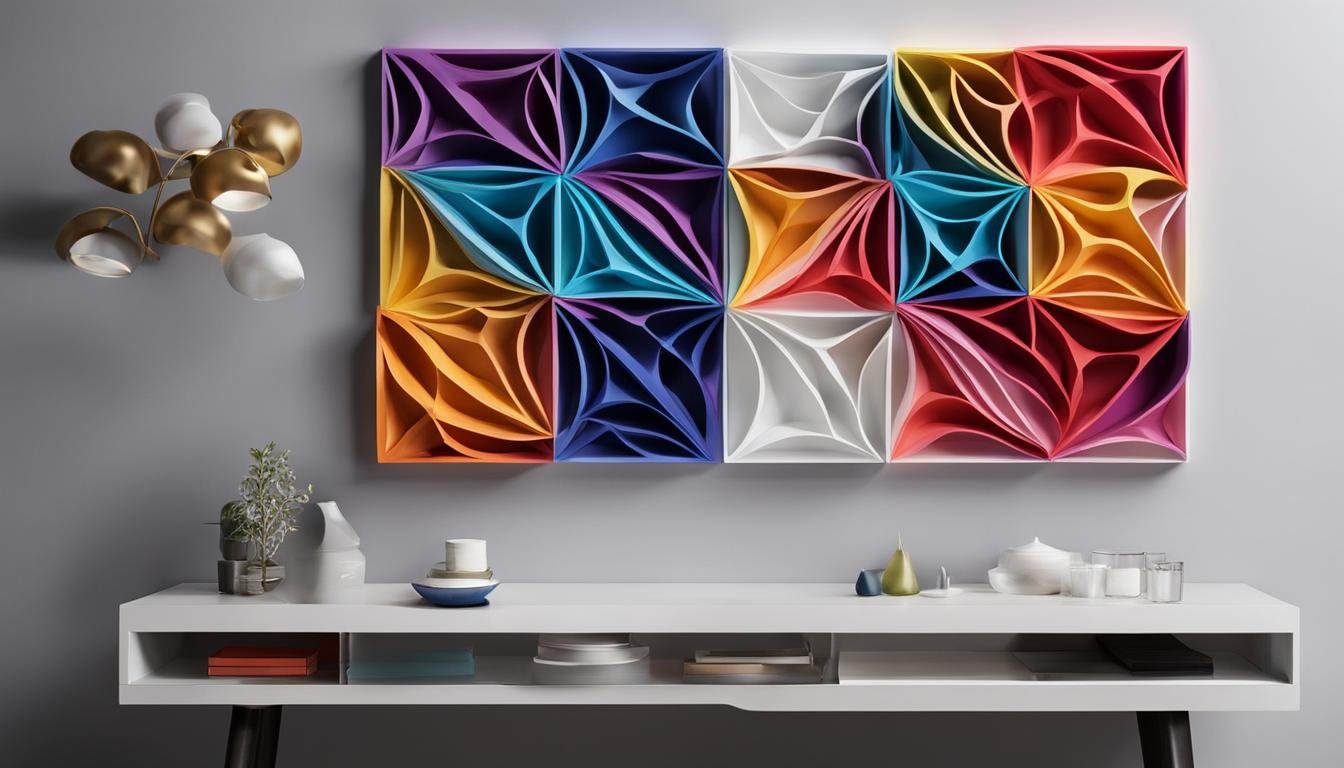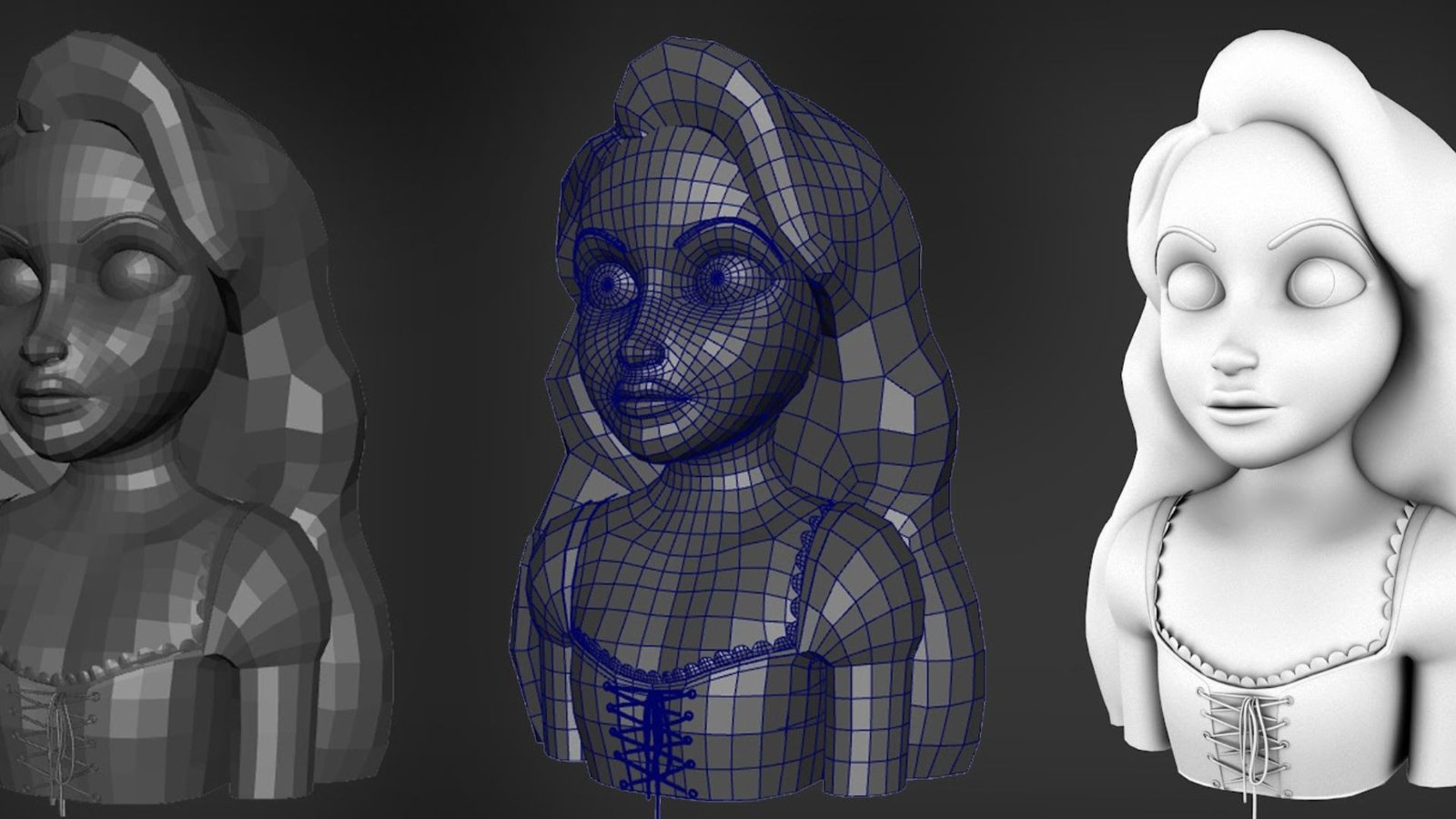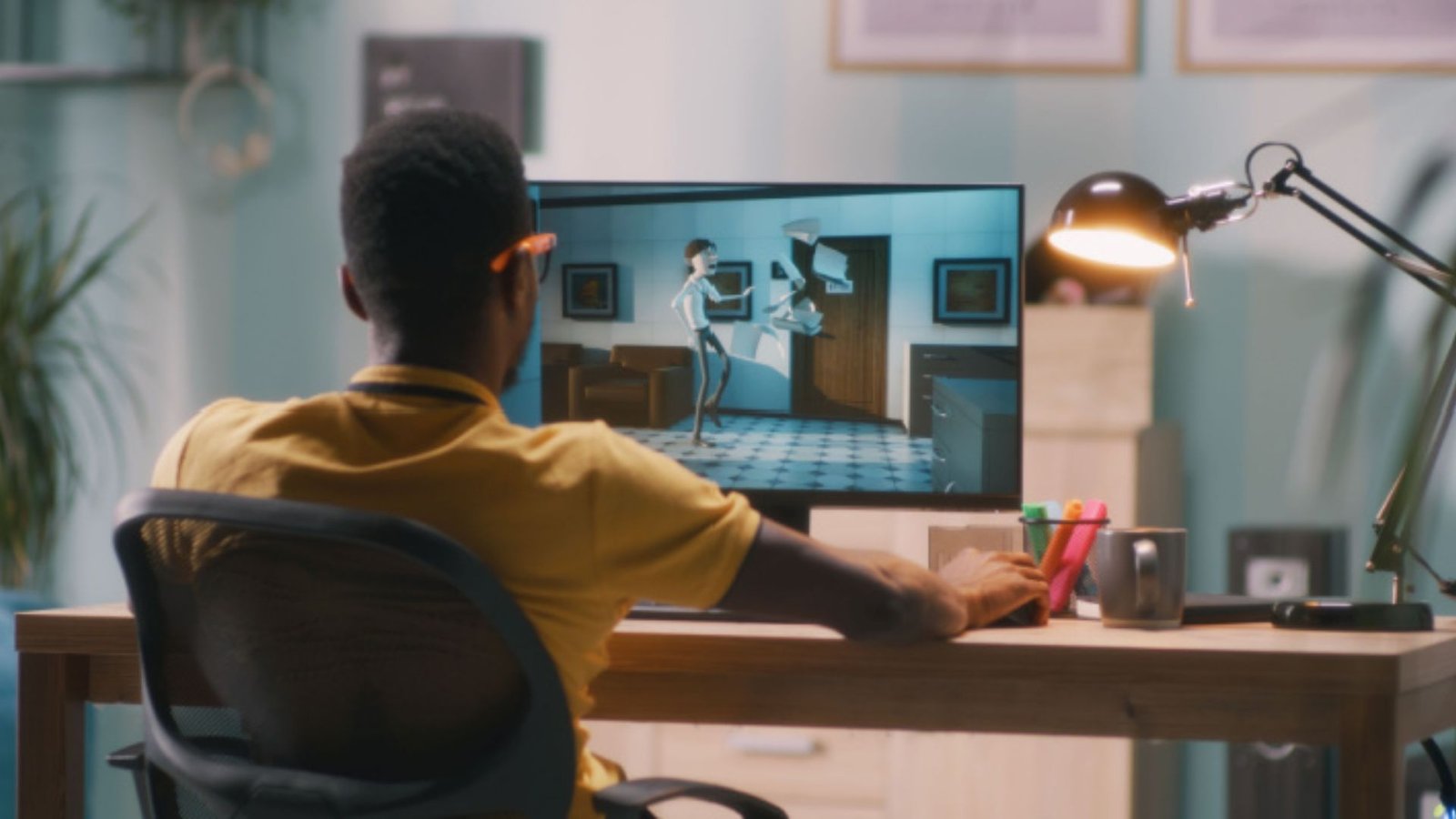Creating 3D art for video games is an exciting and challenging endeavor. As a 3D artist, you play a crucial role in bringing game worlds to life. Your creations help shape the experience players have, making it essential to master various techniques and stay updated on industry trends. In this article, we’ll share effective tips for creating 3D art for video games, focusing on key aspects that will enhance your skills and elevate your work.
Understand the Game’s Style and Theme
Before you start creating 3D art for video games, it’s vital to understand the game’s overall style and theme. Every game has a unique aesthetic, whether it’s realistic, cartoonish, or somewhere in between. Take the time to study the game’s concept art, color palette, and character designs. This understanding will guide your artistic choices and ensure your work fits seamlessly within the game’s world.
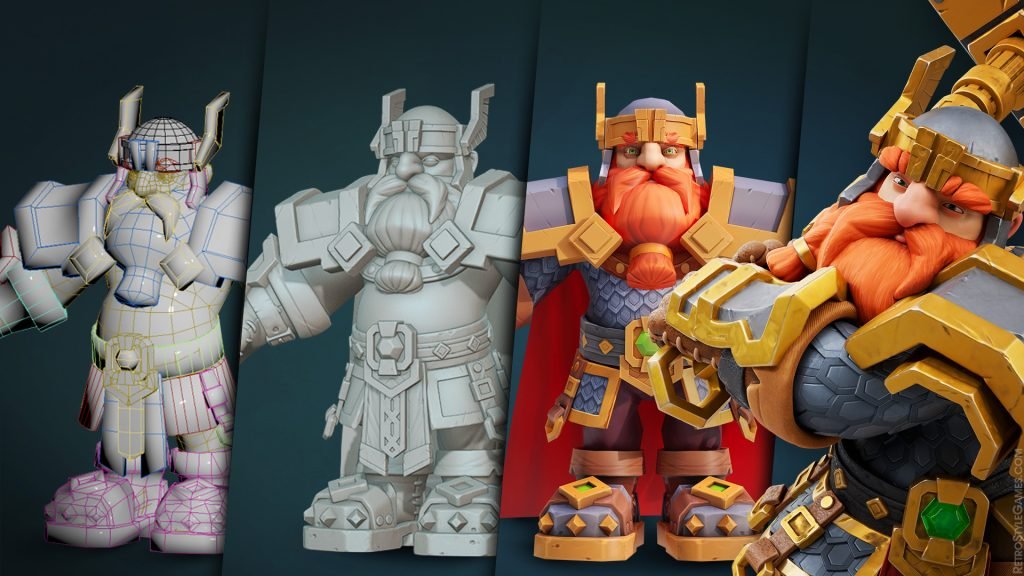
Precision Analytics and Premium Entertainment
Geometric Informatics specializes in delivering advanced data analytics and innovative solutions that drive smart decision-making. For those seeking excitement beyond analytics, the high roller casino offers an exclusive gaming experience filled with high stakes and thrilling moments.
Focus on Efficient Modeling Techniques
When creating 3D models, efficiency is key. Using efficient modeling techniques saves time and resources, which is essential in game development. Begin with simple shapes and gradually add details. This approach allows you to create complex models without getting overwhelmed. Use tools like extrusion, beveling, and mirroring to speed up your workflow. Additionally, learning about low-poly modeling can help you optimize your models for better performance in games.
Pay Attention to Texturing and UV Mapping
Texturing is a crucial aspect of creating 3D art for video games. Good textures can make your models look realistic and appealing. Start by creating UV maps for your models, as these maps determine how textures are applied. Make sure to use a consistent resolution for your textures to avoid visual discrepancies. Consider using programs like Substance Painter or Photoshop to create detailed and high-quality textures that enhance the visual appeal of your models.
Master Lighting and Shading
Lighting and shading are essential components of 3D art in video games. Proper lighting can dramatically affect the mood and atmosphere of a scene. Experiment with different light sources, such as point lights, spotlights, and directional lights. Understanding how to use shadows effectively can also add depth to your work. Additionally, learn about shaders, as they help define how surfaces react to light. This knowledge will elevate the quality of your 3D art significantly.
Advancing 3D Imaging Technology
GeometricInformatics.com focuses on advancing 3D imaging and scanning technologies. For a different type of engaging online experience, discover king johnnie pokies. Experience the thrill of online reel spinning.
Optimize Your Models for Performance
When creating 3D art for video games, optimization is crucial for ensuring smooth gameplay. High-quality models can sometimes cause performance issues if not optimized correctly. Pay attention to the polygon count of your models. Try to keep it as low as possible without sacrificing quality. Use techniques such as normal mapping to create the illusion of detail without increasing the polygon count. This will help your models perform well across various platforms.
Create Compelling Character Designs
Characters are often the heart of any video game. When creating 3D art for video games, focus on making your character designs engaging and memorable. Start by sketching out your ideas and refining them before jumping into 3D modeling. Consider the character’s backstory, personality, and role in the game. These elements will inform your design choices, such as clothing, accessories, and facial expressions. Ensure that the character’s design aligns with the game’s overall theme.
Test Your Art in the Game Engine
To truly understand how your 3D art fits into the game, it’s essential to test it in the game engine. Import your models into the engine and see how they interact with the environment. Pay attention to factors like scale, lighting, and collision. This testing phase allows you to identify any issues that may arise during gameplay and make necessary adjustments. Regularly testing your art in the engine can improve the overall quality of the game.
Seek Feedback and Iterate
Feedback is a crucial part of the creative process. When creating 3D art for video games, don’t hesitate to seek input from fellow artists, designers, and even players. Constructive criticism can provide valuable insights and help you identify areas for improvement. Be open to making changes and iterating on your designs. This willingness to adapt will ultimately lead to better results and a more polished final product.
Stay Updated with Industry Trends
The world of video games and 3D art is constantly evolving. To remain relevant, it’s essential to stay updated with the latest trends and technologies. Follow industry leaders, attend workshops, and participate in online communities. Engaging with other artists and developers can expose you to new techniques and ideas that can enhance your work. By keeping your skills fresh, you’ll be better equipped to create stunning 3D art for video games.
Conclusion
Creating 3D art for video games is a rewarding journey that requires dedication, creativity, and continuous learning. By understanding the game’s style, focusing on efficient modeling techniques, and optimizing your art for performance, you can create stunning visuals that enhance the gaming experience. Remember to seek feedback, stay updated with industry trends, and build a strong portfolio to showcase your skills. With these tips in mind, you’ll be well on your way to becoming a successful 3D artist in the gaming industry.

